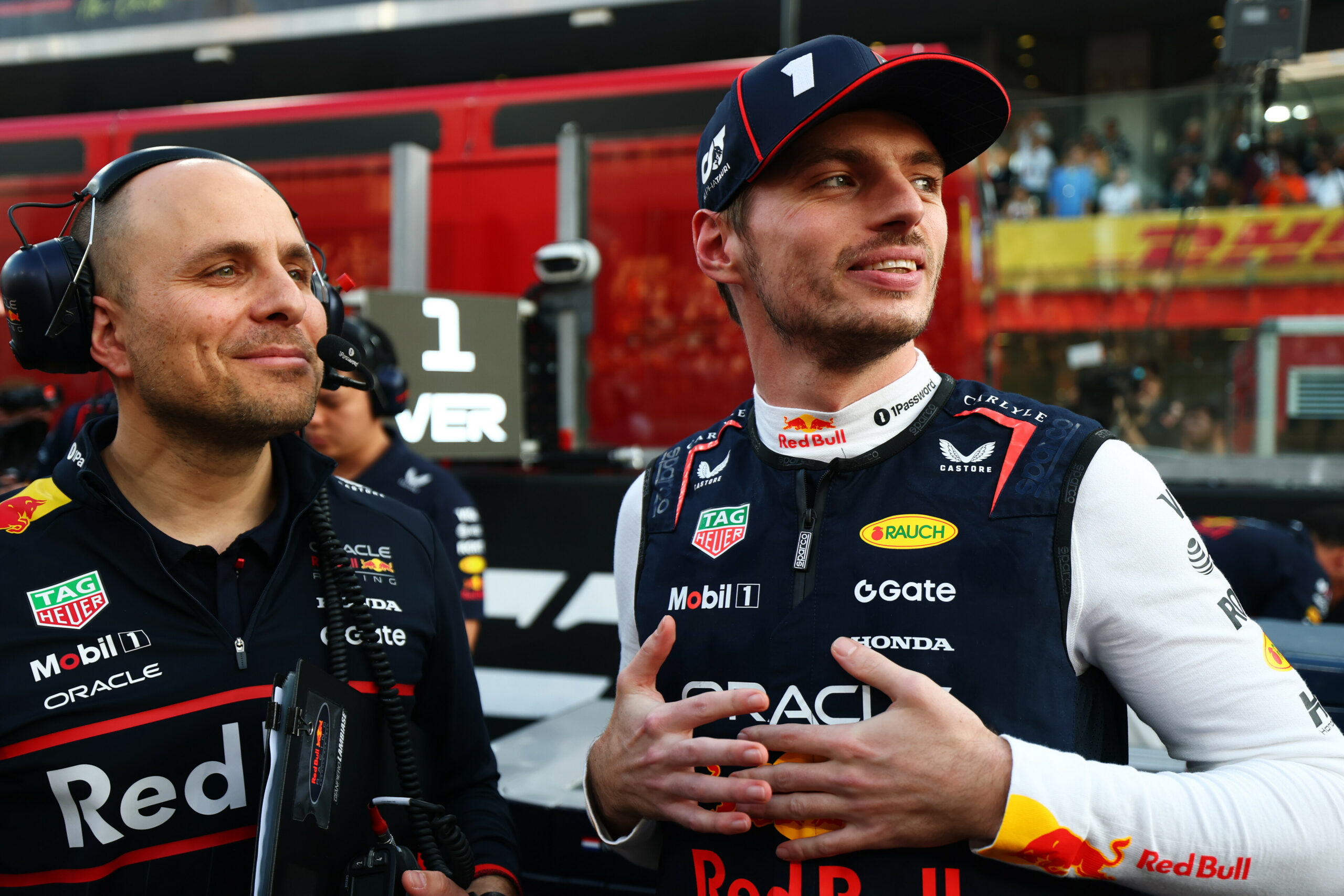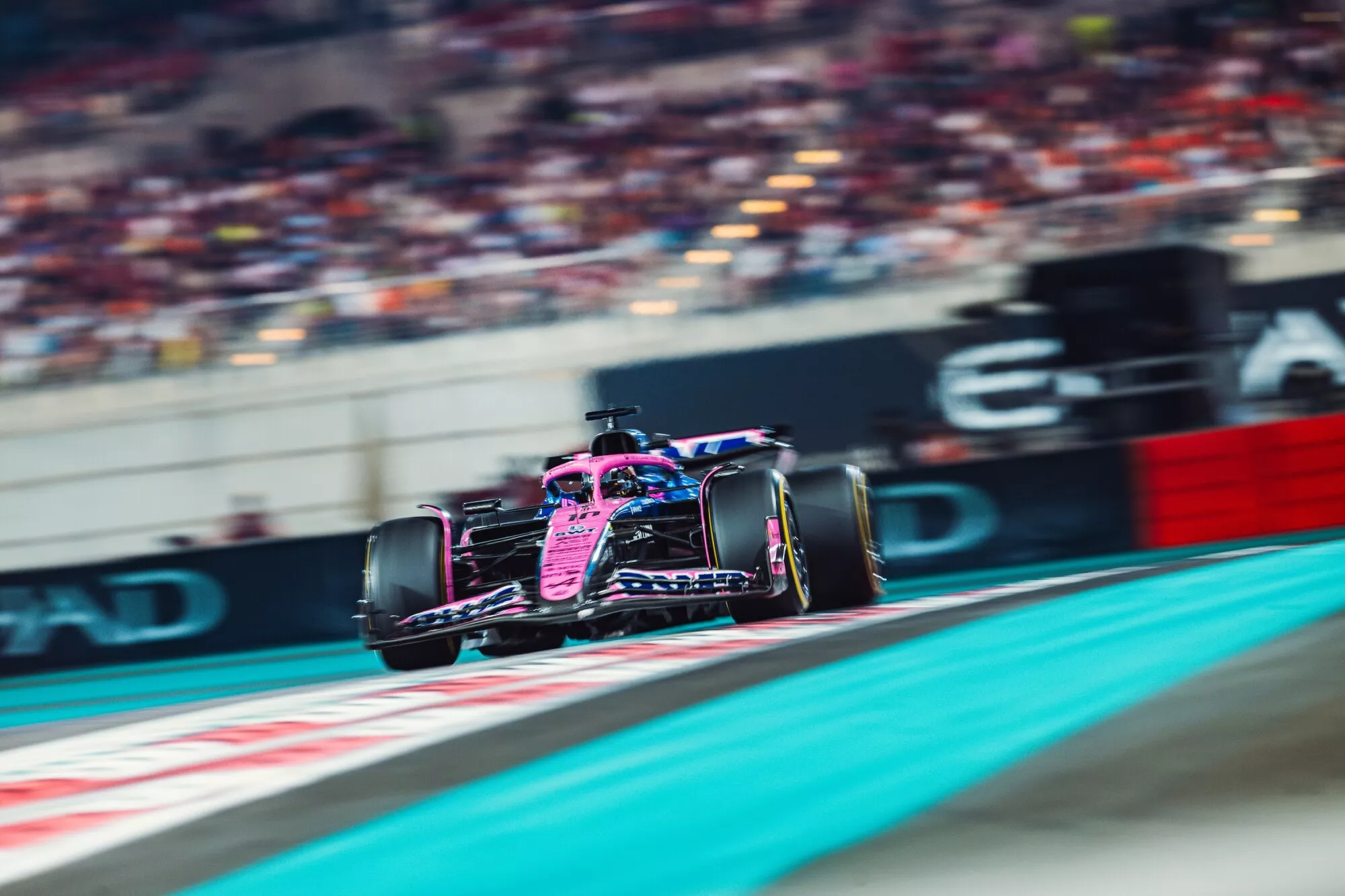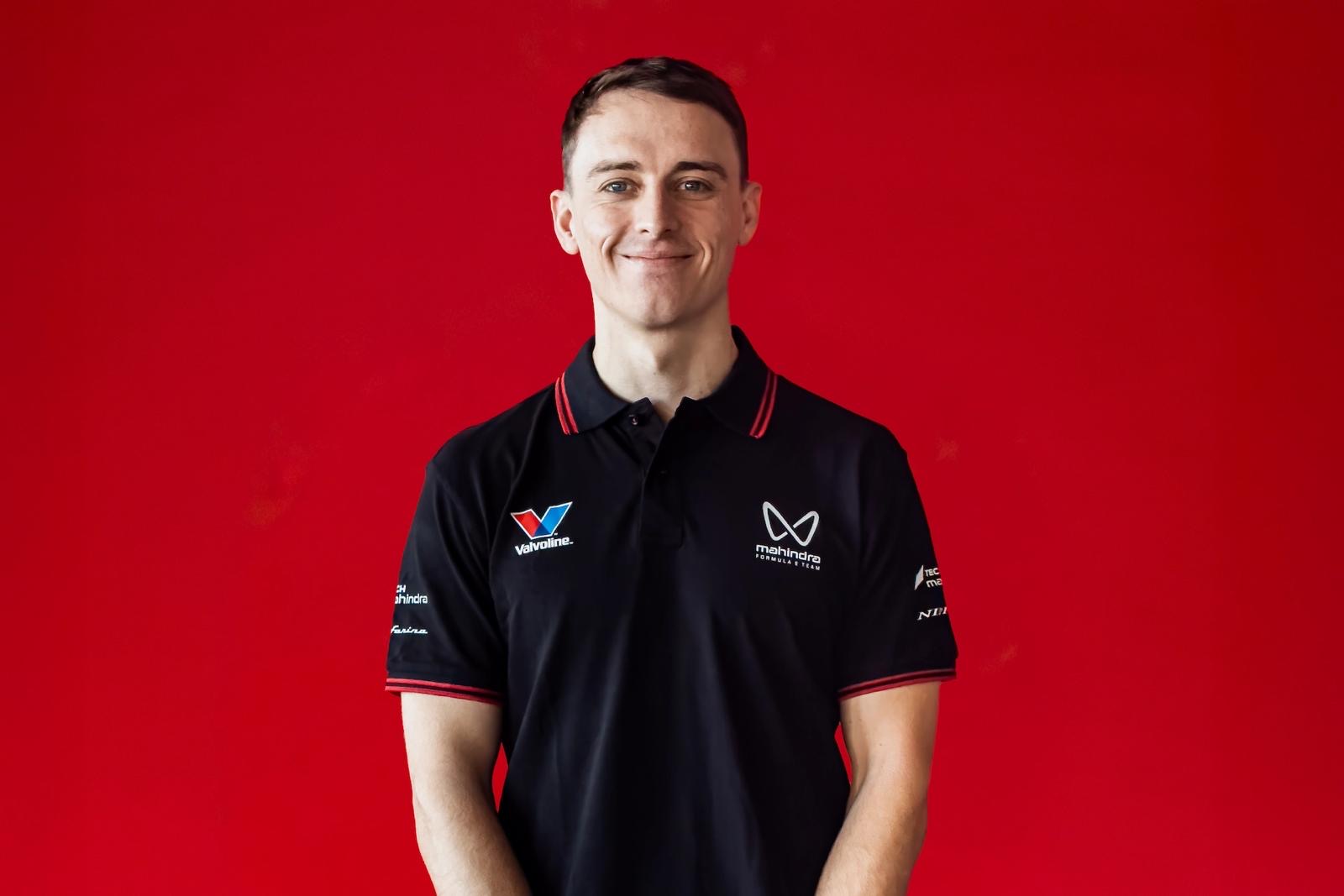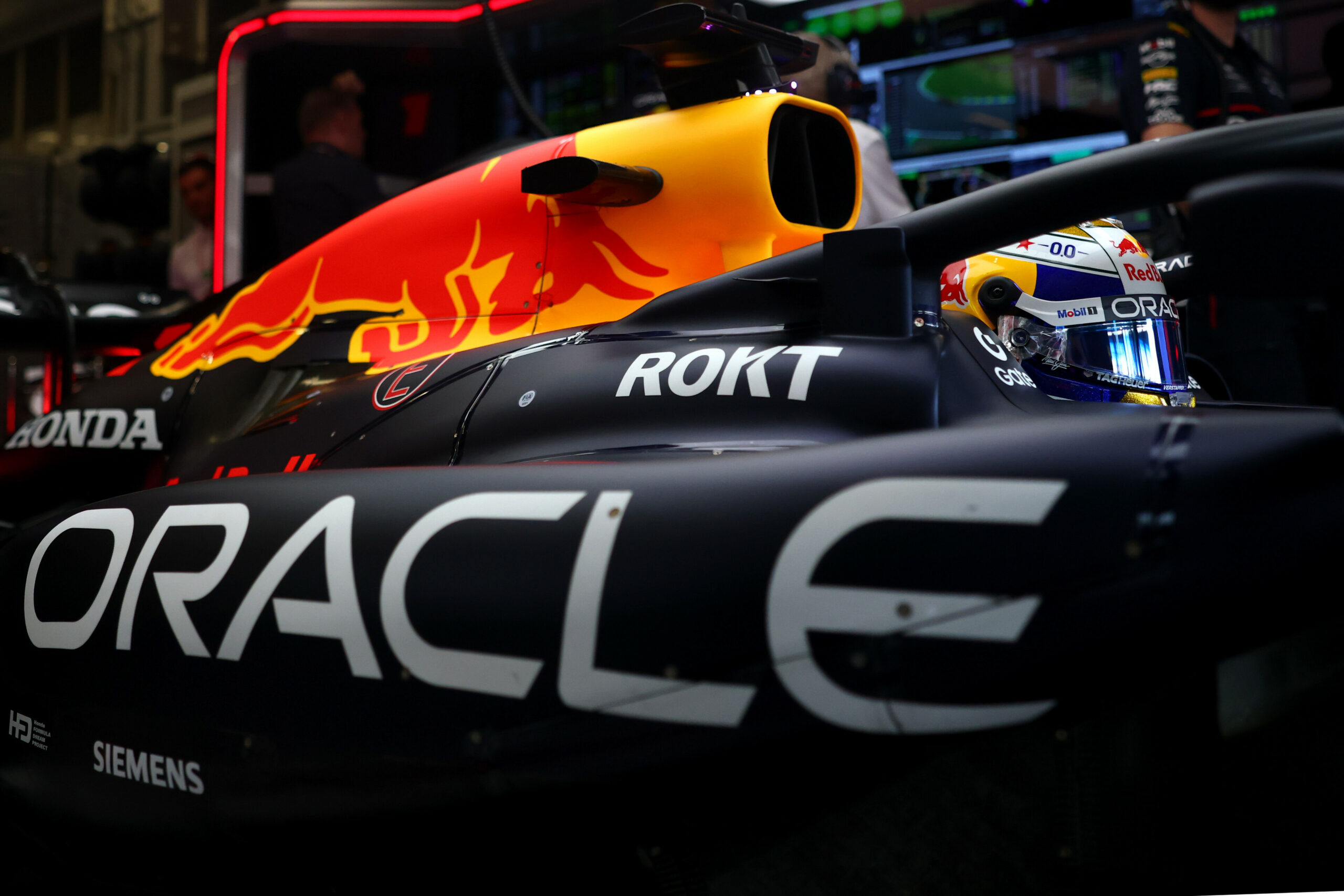Ferrari’s heavily revised sidepods and cooling package introduced at the 2023 Spanish GP were more about handling and incremental gains than outright performance, according to Jock Clear, Senior Performance Engineer at the Scuderia. He also explained why it is not a “copy” of the Red Bull and the difficulties that come with such an approach.
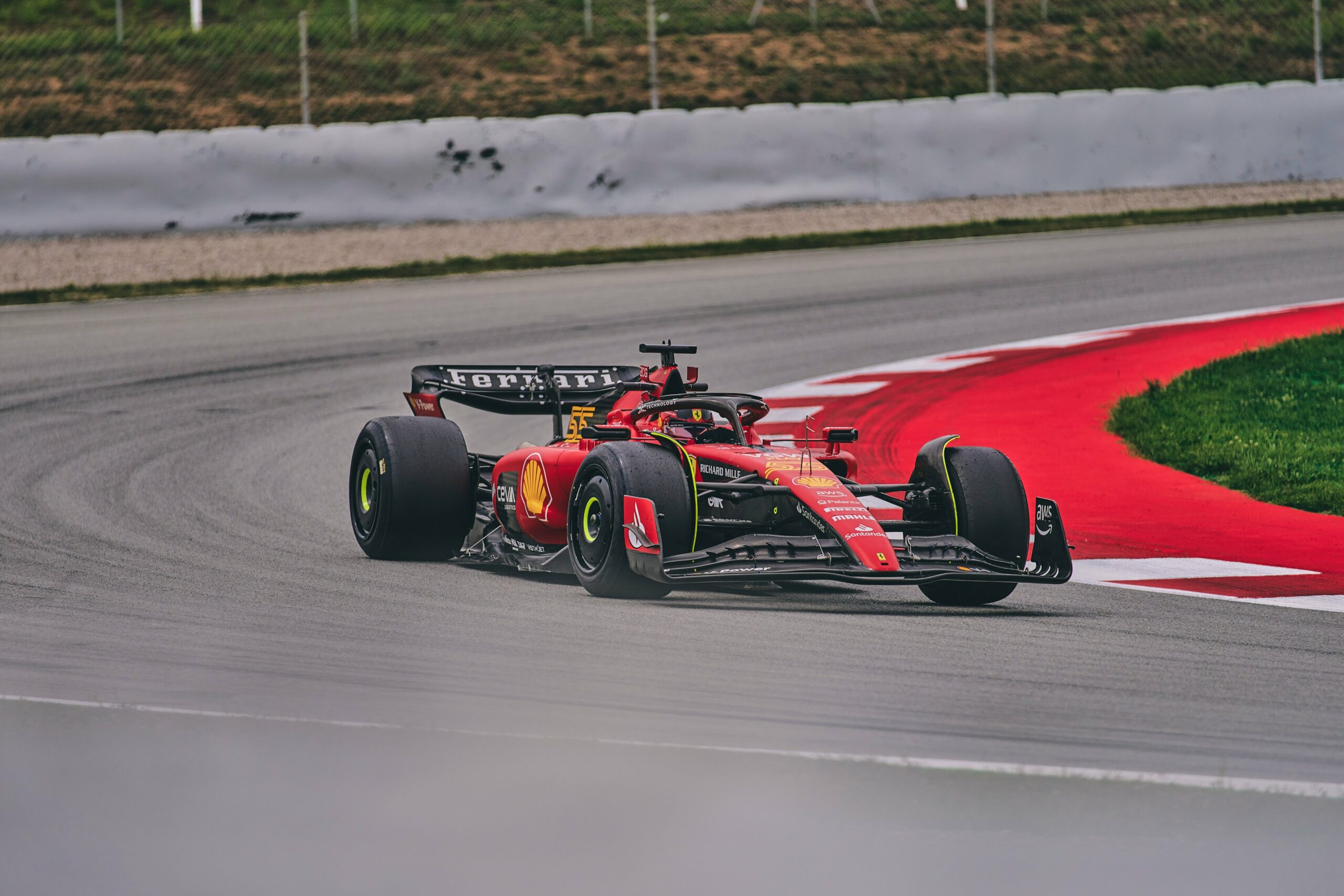
Photo Credit: Scuderia Ferrari
Ferrari spent much of the initial phase of the 2023 F1 season denying the need for a conceptual change of the SF-23, despite struggling to keep pace with Red Bull and even Aston Martin as the season got underway, with a massive disparity between qualifying pace and race pace – Charles Leclerc managed to score two pole positions at the Azerbaijan GP sprint weekend, but finished the main race over 20s behind Sergio Perez’s winning Red Bull.
But that all changed at the Spanish GP, where the Scuderia finally introduced a heavily revised package ahead of the race in Barcelona, most notably with changes to its previously very unique ‘bathtub’ design and moving to a more conventional downwash shape, seen on the Red Bull and several other cars on the grid.
Speaking on Sunday before the race in Spain, Clear pointed out that the main objective behind the conceptual change is not outright performance, explaining it gives the car “two, three tenths” at best, but improves its handling and “discipline” with “incremental” gains and will lead to further developments down the line:
“It’s going to lead to further developments down that avenue – we’ve started to investigate a new avenue to go down and this is the result of that.
“This has not made half a second or seven tenths of a second difference,” said Clear. “This is two, three tenths at best.
“But the positive thing is it’s two tenths in Barcelona, and Barcelona is a circuit which really exposes a car’s weaknesses. You can’t come to Barcelona and hide. So that’s the real positive: We’ve come here and we’ve made that upgrade work at probably one of the most exposing circuits.”
“Carlos [Sainz] on the front row is a great result for everybody,” he said. “It was a difficult qualifying, it was tricky, and he did a great job to put it on the front row. That is just proof that the car has made a bit of a step forward – and it’s incremental, they’re all incremental.”
Clear explained that the team was “convinced” its original design was worth it, but found a better solution along the way and implemented it at Spain. He mentioned how the development in the sport is ever-evolving and that it is not just a “copy” of the Red Bull, as it takes several months of adjusting and fine-tuning to get the package to work around the constraints of the base chassis:
“When people launched their cars, they’re all convinced about it,” he said. “They’re not like ‘We put those sidepods on that we weren’t convinced about’. We’re all convinced about what we had [at the start of the season], and then we all have to learn from what other people are doing.
“But we also have to learn from what we are doing – we’re not ‘copying’ anyone, per se – we’re looking at what they did, we’re going back to our [wind] tunnel and trying to find out if that works.
“It’s appeared on the car now because it works, ultimately we only follow the science,” he explained. “And the great thing about aerodynamics and the great thing about this sport, the reason we do it – in my case for 30 years – is because every day is different, every year is different, the car is different, and we’re still learning.
“There are a million ways to solve the problems, and you’re never going to cover all of them. So as soon as you see what someone else is doing well, and you get that in your tunnel, you’re disciplined enough not to have a ‘knee-jerk’ and just chuck it on your car, because it won’t work.
“You have to give yourself a couple of months to get it sorted, to get it to work with your car, and then you say ‘yeah, actually I can see where they’re coming from’ – and what you see is the result of that.”
The 59-year-old said that even though pictures of Red Bull’s secretive floor were made public after Sergio Perez’s Monaco crash, it is not feasible for teams to simply copy it, as it has to work in harmony with the rest of car and its base structure, something which Ferrari managed to do with its latest package in Spain:
“This upgrade is a testament to our aero guys,” said Clear. “To get this car to work around the chassis we have and the DNA of this car, and this is just the first step towards that.
“We all have to work around what we’ve structurally got, and that is the challenge as to why doesn’t everybody just copy the Red Bull.
“Now that we’ve seen every aspect of the Red Bull [floor] from Monaco, surely we can all copy it. But there’s certain structural limitations in where our chassis is, where our car is, and that’s the challenge for all of us. That’s why just copying the Red Bull doesn’t work and we have to find our own solutions.”

